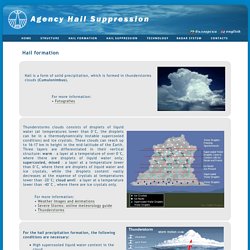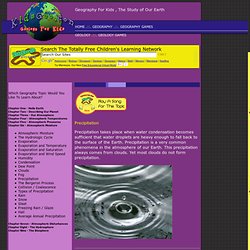

Weather Primary Teaching Resources & Printables. Weather Teaching Resources Weather editable topic book covers (Ref: SB8781) Printable book covers for your Weather topic.

Includes colour and black and white versions with space for pupil name, class and term. Large classroom thermometer display set (Ref: SB7186) A large printable thermometer for your classroom, including an editable version for Microsoft Publisher 2007 or above enabling you to add your own title and numbers. Great for use as a class reward or target chart, Golden Time display or for recording the daily temperature.
Classroom daily calendar display set (Ref: SB88) A printable daily calendar for displaying in the classroom. Weather posters (Ref: SB3776) A set of posters pictorially showing different types of weather. Weather display banners (Ref: SB8894) A set of printable banners with titles and pictures of different types of weather. Hot and Cold display banner (Ref: SB3778) A colour banner for your school ‘Hot and Cold’ display. Investigating Weather. For the first part of our Air and Weather Unit, we skipped ahead to the FOSS investigation on weather.

I wanted to get the kids started on their weather calendars. Each day around 1:30 p.m. we record the temperature and the weather we see outside. Once we have this underway, we will go back and conduct the first investigation on air. Here is what our weather calendars look like so far: This calendar isn't anything fancy, but it works for us. Next up...weather vocabulary. After that, the students recorded information they knew about thermometers.
The last thing I wanted to share with you was our cloud study. Then, we created this science notebook entry to record our findings about three types of clouds: cirrus, cumulus, and stratus. Finally, we started two cloud art projects. Math Processes Second 2nd Grade Math Standards. Gavin Pretor-Pinney: Cloudy with a chance of joy. Hail formation. For the hail precipitation formation, the following conditions are necessary: High supercooled liquid water content in the cloud Hail embryos: small frozen raindrops or soft ice particles known as grauple, which are hardened conglomerates of snow crystals.

Hail Storm Oklahoma City. Weather Interactives and Links for Students!
Water Cycle - Magic School Bus. Idiom Category: Weather, Page 1. Free Educational Videos for K-12 Students. Precipitation. Weather Videos for Teachers. We're SINGING in the Rain!! Ok, seriously, we were singing today!!

And I have the video to prove it! Click {HERE} for the words. We also finished our "tree map" of the types of precipitation....Well, it's the same affect, right? Lol. Precipitation. Precipitation Precipitation takes place when water condensation becomes sufficient that water droplets are heavy enough to fall back to the surface of the Earth.

Precipitation is a very common phenomena in the atmosphere of our Earth. This precipitation always comes from clouds. Yet most clouds do not form precipitation. This is because the water droplets and ice crystals found in most clouds are too small, and thus not heavy enough to fall to the surface of the Earth. Observe Precipitation. The water cycle — the continuous exchange of water between Earth's surface and atmosphere — is Earth's natural mechanism for recycling water.

Liquid water on Earth's surface evaporates to become water vapor in the atmosphere; the water vapor produces clouds and precipitation; and the precipitation returns water to the surface. Clouds are collections of billions of water droplets or ice crystals. When a mass of air is saturated with water and the temperature remains above 0°C (32°F), the water vapor condenses around particles in the air to form tiny droplets of water.
If the temperature is below 0°C (32°F), water vapor is directly deposited as ice crystals. When the water droplets or ice crystals become too heavy to remain suspended in the atmosphere, they fall to Earth's surface as precipitation. The two main forms of precipitation — rain and snow — can appear in many variations, including freezing rain, sleet, and hail. Early Years. A basic numeral recognition activitiy.

Develop your mouse control and number skills by matching number digits to words in the 1 to 10 range. © v2vtraining.co.uk An initial sounds phonic activity that develops the link between letters and the initial sounds of some common objects. A counting and numeral recognition set of activities. Develop your mouse control and counting skills as you help Lecky collect objects to match numbers in the 1 to 5 or 6 to 10 range.